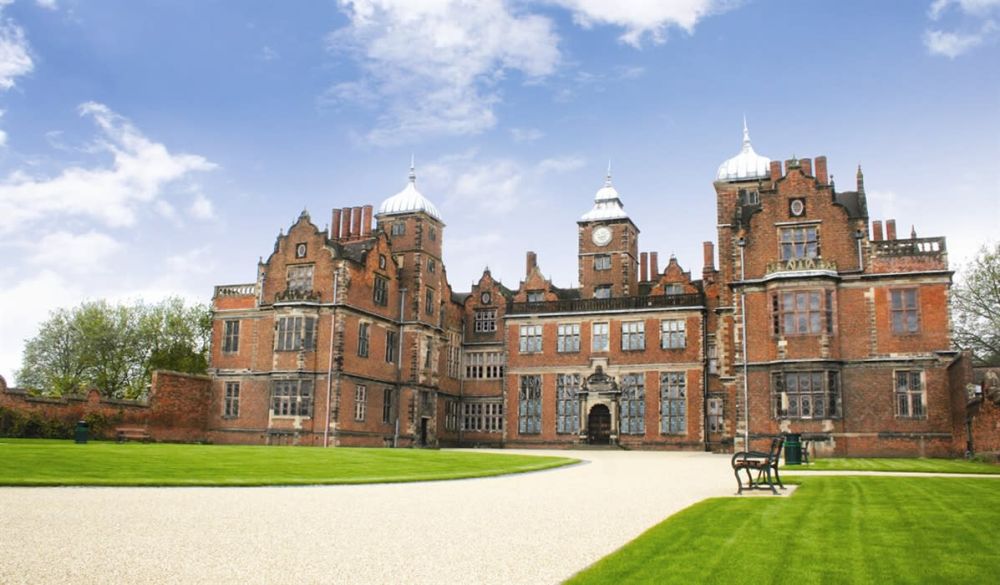

Aston Hall is a magnificent seventeenth-century red-brick mansion situated in a picturesque public park on the north side of Birmingham. Built between 1618 and 1635 for Sir Thomas Holte and designed by the architect John Thorpe, this grandiose building is a superb example of Jacobean architecture and has been a central part of Birmingham's heritage for centuries.
The history of tourism at Aston Hall can be traced back to its opening to the public as a museum in the 19th century. After a series of different owners and uses, the Hall came into the possession of the Birmingham Corporation in 1864, and significant restoration work began. In 1858, Queen Victoria herself visited Aston Hall, which bolstered the mansion's status as a must-visit destination for Victorian tourists interested in history and architecture.
Throughout the 20th century, Aston Hall has continued to be a hot spot for tourists and has played a crucial role in the local community's engagement with history. The Birmingham City Council runs it as part of the Birmingham Museums & Art Gallery, and it hosts a variety of events, from historical re-enactments to cultural festivals, that cater to a wide spectrum of visitors.
Today, Aston Hall remains a popular tourist destination, welcoming visitors from all over the world. It is renowned for its spectacular interiors, particularly the Long Gallery, the Great Stairs, and the intricate ceilings. The Hall is often featured in educational tours, historical documentaries, and has even provided a backdrop for film and television productions.
One of the latest tourism trends involves leveraging technology to enhance the visitor experience. Virtual reality tours have begun to complement physical visits, allowing people to explore the Hall and its gardens from anywhere in the world. Additionally, themes around ghosts and the supernatural are particularly popular during Halloween, with the Hall's alleged haunting by several ghosts, including that of Sir Thomas Holte.
Aston Hall, like many historical monuments around the world, has embraced the trend of sustainable tourism. Efforts to preserve the site for future generations have become a priority. Environmental practices are put into place to minimize the impact on the surrounding parkland, while educational programs emphasize the importance of conservation.
Aston Hall is a Grade I listed building, denoting it as a building of exceptional interest, and is an essential example of early 17th-century English architecture. The Hall is open to the public throughout the year, with varying hours depending on the season. Visitors are encouraged to check the Birmingham Museum's official website for the most up-to-date information regarding opening times, special events, and ticket prices.